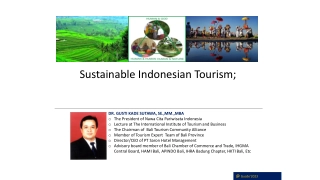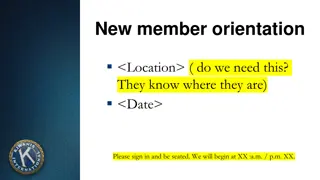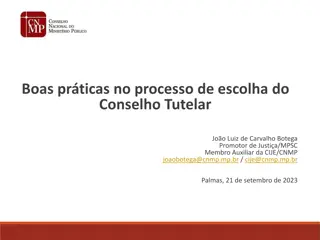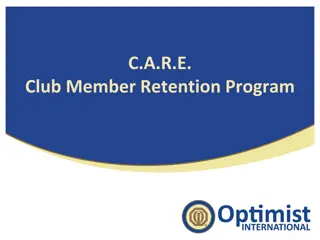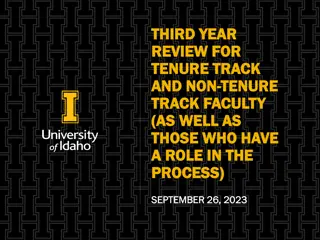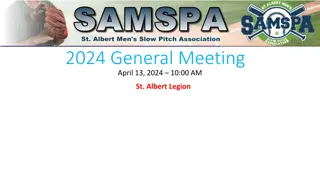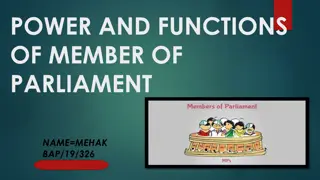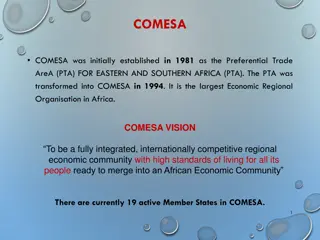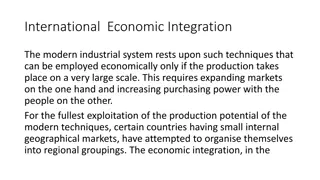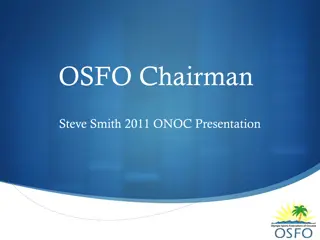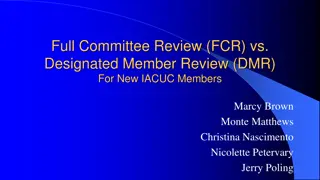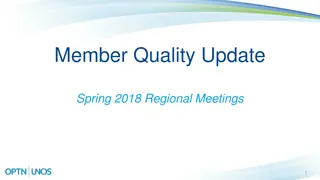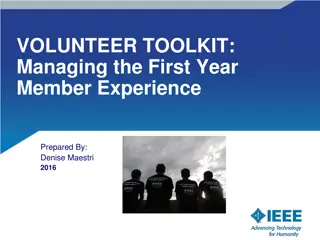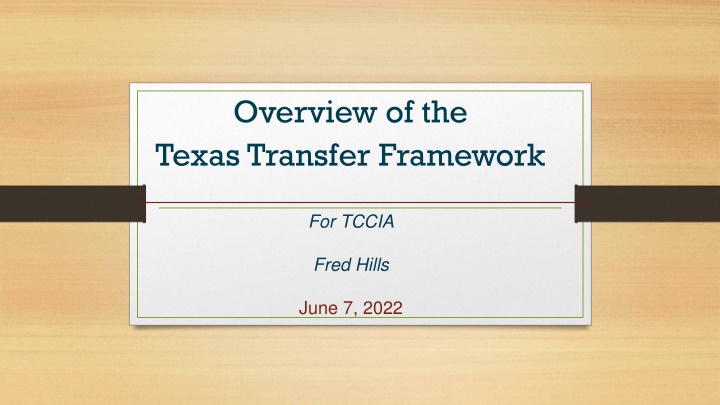
Insights into the Texas Transfer Framework and Initiatives
Explore the Texas Transfer Framework, including the Texas Student Success Council, Transfer Workgroup creation, Field of Study Curriculum history, and data on transfer students. Discover efforts to improve transfer processes between community colleges and universities in Texas.
Download Presentation

Please find below an Image/Link to download the presentation.
The content on the website is provided AS IS for your information and personal use only. It may not be sold, licensed, or shared on other websites without obtaining consent from the author. If you encounter any issues during the download, it is possible that the publisher has removed the file from their server.
You are allowed to download the files provided on this website for personal or commercial use, subject to the condition that they are used lawfully. All files are the property of their respective owners.
The content on the website is provided AS IS for your information and personal use only. It may not be sold, licensed, or shared on other websites without obtaining consent from the author.
E N D
Presentation Transcript
Overview of the Texas Transfer Framework For TCCIA Fred Hills June 7, 2022
Texas Transfer Landscape Texas Student Success Council (Educate Texas) Texas Transfer Alliance Texas Success Center (TACC) Postsecondary Innovation Network Region/System Initiatives
Creation of the Transfer in Texas Workgroup Senate Bill 25 (86th) Texas Legislative Session The Commissioner called together a transfer workgroup from public community colleges and universities supported by agency staff. Task: study and make recommendations to improve vertical transfer. The group met regularly from April 2020 thru October 2020
Work of the Transfer Texas Workgroup Presentations from other states, including Washington, Tennessee, California, New York, Georgia Discussion of available data on transfer, FOS, and success rates Discussion of existing resources: Texas Core Curriculum, Lower Division Academic Course Guide Manual, Field of Study Curricula, and TCCNS Discussion of the need for shared responsibility, transparency, buy- in/accountability between 2 and 4 year public institutions Goal was most impact within existing statutory authority without expanding existing committees responsibilities
Brief History of the Field of Study Curriculum Established in 75th Texas Legislative Session in 1997 Currently 16 FOSC in effect. Still relatively few students who complete a FOSC.
Number of Transfer Students and Field of Study Curriculum Completion The number of students who transfer from a community college to a university FOS complete is low. Total Transfer Total Transfer Students from Students from CC to CC to University University Percent of Transfer Percent of Transfer Students Who Are FOS Students Who Are FOS Complete before Complete before Transfer Transfer Earned FOS Earned FOS Completion Completion before Transfer before Transfer Year Year 2015 2015 2016 2016 2017 2017 2018 2018 2019 2019 36,690 37,735 38,220 37,441 36,820 937 1,101 1,141 1,623 1,888 3% 3% 3% 4% 5% Source: THED: Transfer Students' Success (txhighereddata.org) Texas Higher Education Coordinating Board
Number of Transfer Students and Texas Core Curriculum Completion The number of students who transfer from a community college to a university who are Texas Core Curriculum completers is steadily increasing. Earned Core Earned Core Curriculum Curriculum Completion Completion before Transfer before Transfer 14,301 15,425 16,607 17,335 17,396 Percent of Transfer Percent of Transfer Students Who Are Core Students Who Are Core Curriculum Complete Curriculum Complete before Transfer before Transfer 39% 38% 40% 44% 47% Total Transfer Total Transfer Students from Students from CC to University CC to University Year Year 2015 2015 2016 2016 2017 2017 2018 2018 2019 2019 36,690 37,735 38,220 37,441 36,820 Source: THED: Transfer Students' Success (txhighereddata.org) Texas Higher Education Coordinating Board
Design Principles Principle 1 : Shared Responsibility Principle 2 : Transparency/Student-Centric Academic Pathways Principle 3 : Optimizing Courses Applying Upon Transfer Principle 4 : Transparent and Efficient Process Principle 5 : Full-Scale Implementation
Governance Model Commissioner of Higher Education Texas Transfer Advisory Committee (TTAC) Discipline Specific Subcommittees Discipline Specific Subcommittees Discipline Specific Subcommittees
Texas Transfer Advisory Committee (TTAC)
TTAC Composition Advises the Commissioner on the development of the courses in the Field of Study Curriculum; Oversees the development of the Field of Study Curriculum through the use of Discipline-Specific Subcommittees that will report back to the TTAC; and Is composed of an equal number of members from public junior colleges and general academic teaching institutions. Co-Chairs: Dr. Laurel Williamson, Deputy Chancellor and College President, San Jacinto College and Dr. James Hallmark, Vice Chancellor for Academic Affairs, Texas A&M University System
TTAC Role in Improving Transfer Coordinating Board solicited nominations for membership from Chief Academic and Instruction Officers Composed of 24 members, with equal representation from public junior colleges and general academic teaching institutions Faculty teaching undergraduate courses and are engaged in transfer policy development Administrators who understand transcript evaluation and those actively engaged in promoting seamless transfer of students from a public two-year to a four-year institution In addition, TTAC includes two ex-officio students and two ex-officio academic advisor TTAC members serve staggered terms of up to three years and may serve consecutive terms
TTAC Functions Oversee the Texas Transfer Framework, review relevant data, coordinate the schedule of discipline specific reviews, recommend DFCs to the Commissioner, and propose changes when IHEs indicate that an aspect of the framework is not working. Develop, prioritize and coordinate a review schedule for Discipline Specific Subcommittees Ensure alignment of the TCC with the Texas Transfer Framework to optimize transferability of credits and increase transfer students success within majors. Monitor curricular changes at the four-year schools and student course-taking within and across institutions.
TTAC Function Serve as a conduit for information sharing, making recommendations regarding the timing and structure of agency surveys and data collection from two-year and four-year institutions, and the timely and appropriate dissemination of that information to help inform local decisions about curriculum and program design. At least annually, TTAC will report to the THECB actions recommended over the previous year by the Discipline Specific Workgroups, the status of operating Workgroups, and other recommendations as appropriate to improve student transfer and success across the state
Discipline Specific Subcommittees Appointed by the TTAC Members recommended by their CAOs Made up of an equal number of faculty representing the specific discipline Size depends on interest of the discipline Membership runs on a staggered three year term plus two representatives from the TTAC, one from the 2-year and one from 4-year Led by co-chairs, one for Community College and one from the 4-year, elected from the subcommittee membership Make recommendation to the TTAC on their Discipline Foundation Curriculum (DFC)
Texas Transfer Framework The Texas Transfer Framework consists of the 60 SCH of lower-division courses that a student completes to earn an associate degree that could be used to transfer. Discipline Foundation Courses Directed Electives Texas Core Curriculum AT LEAST 6 SCH 42 SCH UP TO 12 SCH Texas Administrative Code, Title 19, Chapter 1, Subchapter V, Sections 1.237-1.243, and in Title 19, Chapter 4, Subchapter B, Sections 4.21- 4.36
Texas Transfer Field of Study Curriculum Components Adopted by the THECB in March 2021 under the revised Transfer Rules, which implemented the new Texas Transfer framework and revised the Texas Transfer Field of Study Curriculum, which now consists of the following components: Selected Discipline-Specific Texas Core Curriculum courses, Unspecified SCH o The number of Texas Core Curriculum courses, if any, will be determined by the Discipline Specific Subcommittee and will include only those courses relevant for the major course of study. Discipline Foundation Courses, up to 12 SCH Directed Electives, at least 6 SCH o The Directed Electives will be submitted to the Coordinating Board by each receiving institution (university) and must include lower-division courses from the Academic Course Guide Manual. 7
Field of Study Curriculum Completion Universities will determine whether a transfer student is FOSC-complete upon enrollment. For FOSC-Complete students: The university must substitute the block of courses for the receiving institution s lower-division requirements for the degree program for the corresponding Field of Study Curriculum (Tex. Ed. Code 61.823(b)). NOTE: a student may still take lower division coursework after transfer to fulfill non- major-related requirements. For FOSC-incomplete students: The university must grant academic credit in the major for each FOSC course completed, but may also require additional lower-division coursework in the degree program s major coursework (Tex. Ed. Code 61.823(c)).
TTAC Work to Date Discipline specific subcommittee work to date: TTAC Approved, out for comment: Criminal Justice Business Now working on: Sociology, Political Science, Social Work, Psychology and Biology

